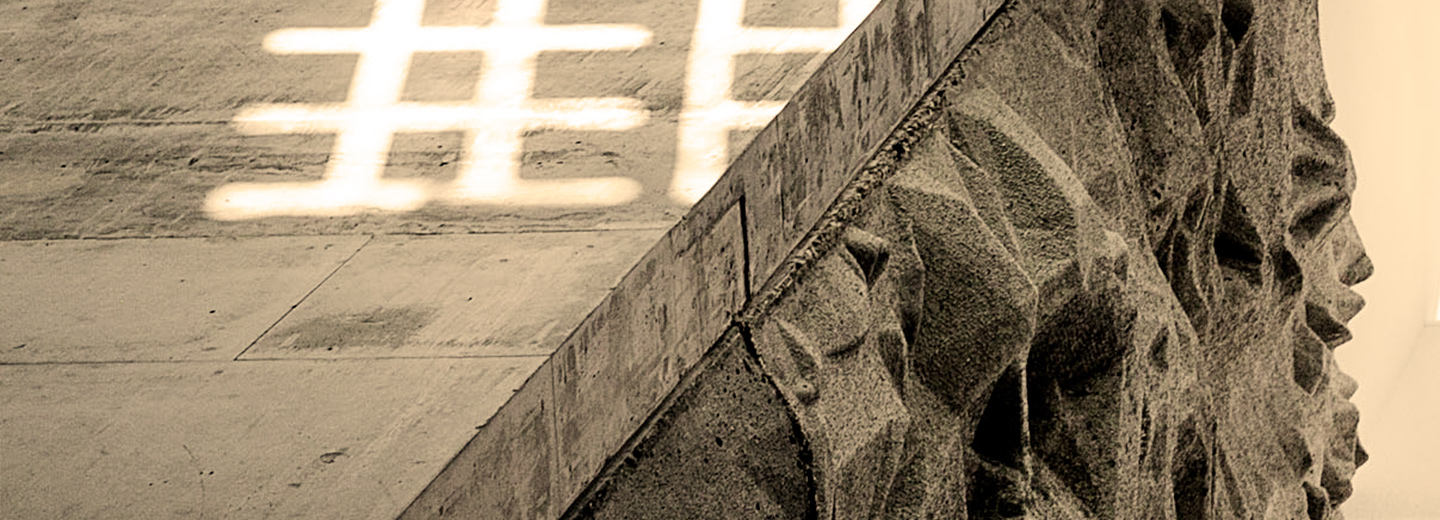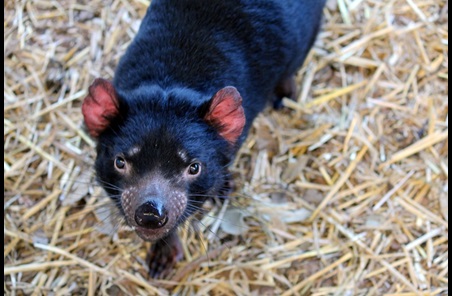
Scientists warn: Conservation work in zoos is too random
The world's zoos work hard and spend enormous resources on the conservation of endangered species, but the resources are not always optimally spent. One big problem is international legislation and the need of more zoos to work in regional or global networks. Zoo resources can be spent much more effectively, say scientists from University of Southern Denmark after analyzing animal collections across the world's zoos.
 Many zoos work hard to protect and breed endangered animal species in captivity, and they spend a lot of money doing so. But the effort is too random and the work is crippled by international legislation, making it impossible to optimize the conservation efforts.
Many zoos work hard to protect and breed endangered animal species in captivity, and they spend a lot of money doing so. But the effort is too random and the work is crippled by international legislation, making it impossible to optimize the conservation efforts.
There is a need for an international joint strategic effort if we want good results from all the money spend, conclude the researchers, ecologists Dalia A. Conde, Owen Jones and Fernando Colchero from the Max Planck Odense Center at University of Southern Denmark in the scientific journal PLOS One.
"The prevalence of threatened species in zoo’s do not always reflect the number of threatened species in the wild”, says Dalia Conde.
Only few threatened birds in zoos
For example, although zoo collections are heavily focused on birds, there are only few threatened birds in zoos. Contrary to this zoos have a heavy focus on threatened turtles (Testudines) and carnivorous marsupial (Dasyuromorphia). Regarding to the high number of threatened marsupials, Dalia Conde explains that Australian zoos are trying to use these species not only for captive breeding programs but also to educate people about the threats, that a local species faces.
"As for the high number of turtles, one of the reasons is that the zoos have to take over many confiscated animals after smugglers have tried to trade them illegally", she says.
The prevalence of endangered species in zoos therefore not always reflects the prevalence in nature. Two groups - the turtles and carnivorous marsupial - are overrepresented, while most groups of threatened species are the result of opportunistic collections rather than a major focus. Besides birds, threatened amphibians, insect-eating mammals (Eulipotyphyla) and rodents (Rodentia) are underrepresented in the world’s zoos. In fact not a single one of the 84 endangered species of insectivorous mammals are found in zoos. Among mammals, about half (92 of 201) of the endangered species are found in zoos. Overall, 57 out of the 59 animal orders that are found in zoos have a lower proportion of threatened species in zoos than in the wild. This discrepancy is not the only challenge for conservation work in the zoos, the authors point out:
"Many zoos hold only a small population of an endangered species and they are struggling to make the populations grow. The zoos need to be able to share experiences and individuals with other populations in order to get a healthy growing population. But this is difficult, if not impossible, when there are thousands of miles between populations of the same species and it is highly challenging to get permits to exchange animals”, the researchers explain.
The large distances can make it so difficult to work with endangered species that zoos have to give up.
Moving animals across borders
Another big problem is international legislation on endangered species. To protect trade and trafficking of endangered animals, it is almost impossible to get permission to transport an endangered animal across national borders even for captive breeding programs.
"This legislation is effective against trafficking, but it also prevents zoos from exchanging endangered animals, and this a seriously huge barrier to developing breeding programs of endangered animals", says Dalia Conde.
"Zoos need to be able to work together. Ideally zoos could coordinate their work on one or a few high-risk species by working together in regional clusters”, she says.
According to Dalia Conde, Owen Jones and Fernando Colchero there are many practical benefits from working together in regional clusters:
"With the short distance to each other, the zoos can have a large common population of, say, 250 animals distributed in the various gardens in the cluster. Such a population will be less vulnerable than a population of 50 animals in one garden without contact to other populations of the same species”.
Dalia Conde continues:
"Such a strategic cooperation may mean that the individual zoo should focus on breeding programs for fewer endangered species, but it will provide a needed boost to the conservation work. However, these kinds of programs are only possible when zoos are part of a global network such as ISIS, where it is possible to monitor the status of threatened species across the planet’s zoos. More zoos should become part of ISIS to make this planning successful.”
The authors point out that although conservation and breeding work in the world's zoos is an important effort, it should not take focus from the needed efforts to preserve the natural habitats of endangered animals.
“Captive breeding programs are rather a conservation tool than a conservation goal. The main goal is to conserve species habitats and in fact whole ecosystems".
However, zoos are looking at captive breeding because is has been a major tool for the recovery of 20% of the 68 species that have become less threatened according to the International Union of Conservation of Nature.
"We must not expect zoos do this work alone. The protection of the animals' habitats is equally important", says Dalia Conde.
Photo of Australian marsupial, a Tasmanian Devil: Rebecca Spindler.
This press release was written by press officer Birgitte Svennevig.
Ref: http://dx.doi.org/10.1371/journal.pone.0080311
Contact: Dalia Amor Conde. dalia@biology.sdu.dk. Phone: +45 65502704
Animals and zoos in numbers
There are 3,995 different terrestrial wild vertebrate species (approximately 455,000 individuals) in the world's 837 ISIS zoos (members of the International Species Information System).
One of every 7 threatened animal species is found in ISIS zoos.
Zoos devote 23% of their space to threatened species. Mammals are the major proportion of threatened species in ISIS zoos.
The organization World Association of Zoos and Aquariums (WAZA) spends 350 million dollars on species conservation in natural habitats. In addition, the members themselves are active in many of those conservation projects.
More than 140 million people visit an EAZA zoo each year. EAZA is the European Association of Zoos and Aquaria. This is equivalent to approximately one in five European citizens. If all EAZA zoo members commit to educate the public on species conservation they can be a major force of change in Europe.